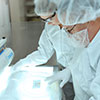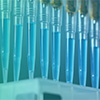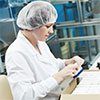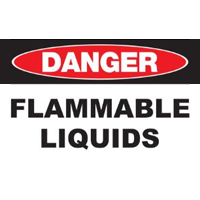Pump for Flammable Liquids Guidelines
Pumping Flammable LiquidsWhen working with flammable liquids, using pumps to move them can create hazardous conditions for a lab. Fire and explosions can result if lab workers, researchers, and students don’t safely handle substances. Examples of flammable liquids include:
Examples of combustible liquids include:
When flammable and combustible liquids flow, they may create a buildup of static electricity. To reduce hazard levels from such build up, follow these five general safety guidelines:
Note that some explosion-proof electric motors have a manual overload reset feature which eliminates the danger of automatic restarting. Using Personal Safety Protective Equipment with Flammable Liquid PumpsWhen handling flammable liquids, using personal protective equipment is a must. Some of this includes:
Typically, this means goggles, chemical-resistant gloves, coveralls, and perhaps a respirator. OSHA recommends both “eye and face protection when exposed to liquid chemicals, acids, or caustic liquids, chemical gases or vapors.” Also, those “whose work involves exposure to hot substances, or corrosive or poisonous materials must have protective gear to cover exposed body parts, including legs and feet.” You May Be Interested InAt Masterflex we are committed to lab safety at every point of the process.Visit our website to learn more or contact our customer service representatives for further advice. |

|
Processing your request... |





































